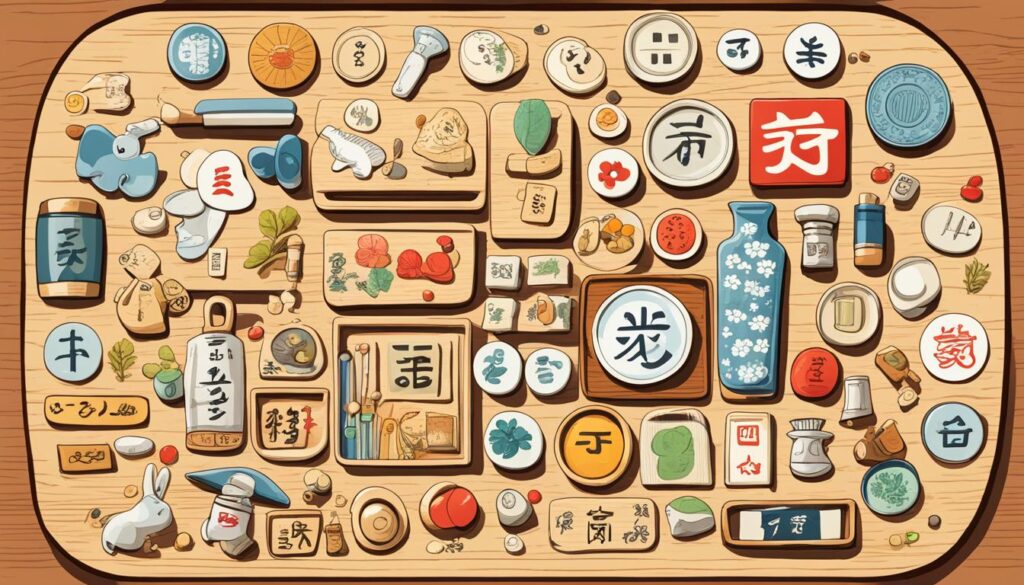In this quick guide, we will explore how to say “small” in Japanese and provide you with useful information about its meaning, pronunciation, and cultural significance. So, if you’re interested in expanding your Japanese vocabulary, keep reading!
When it comes to expressing the concept of “small” in Japanese, the word you need to know is “ちいさい” (chiisai). This word can be written in both Hiragana and Kanji. In Hiragana, it is written as “ちいさい,” and in Kanji, it is written as “小さい.”
To pronounce “ちいさい,” you can break it down into three syllables: “chi,” “i,” and “sai.” Remember to maintain clarity and emphasis on each syllable for correct pronunciation.
Equivalent words in English for “small” include terms like tiny, little, miniature, and petite. These words can be used interchangeably, depending on the context.
Now that you know how to say “small” in Japanese and its equivalent English words, let’s move on to understanding how to use this word in various contexts.
How to Use the Word for “Small” in Japanese
In Japanese, the word for “small” can be used in various ways depending on the sentence structure and context. Here are some examples of how to use “small” in Japanese:
1. To describe the size of objects:
Example: この箱は小さいです (Kono hako wa chiisai desu)
Translation: This box is small.
2. To describe the size of animals:
Example: その犬は小さな種類です (Sono inu wa chiisana shurui desu)
Translation: That dog is a small breed.
3. To describe the size of people:
Example: 彼女は小柄です (Kanojo wa kogara desu)
Translation: She is small in stature.
4. To express the concept of being small in general:
&
Other Synonyms for “Small” in Japanese
In addition to “ちいさい” (chiisai), there are other synonyms for “small” in Japanese that can be used to convey a similar meaning. Some of these synonyms include:
| Synonym | Reading |
|---|---|
| 小さな | chiisana |
| 微小な | bishōna |
| 細かい | konomai |
| 狭い | semai |
These synonyms offer alternative ways to express the concept of “small” in Japanese. Each synonym may have nuanced differences in usage and context, so it’s important to consider the specific meaning you want to convey.
Small Sizes in Japanese Measurements

In Japanese, there are specific words and units to describe small sizes and dimensions. Here are some examples:
| Measurement | Japanese Word |
|---|---|
| Centimeter | センチメートル(Senchimētoru) |
| Inch | インチ(Inchi) |
| Millimeter | ミリメートル(Mirimētoru) |
| Nanometer | ナノメートル(Nanomētoru) |
| Gram | グラム(Guramu) |
| Kilogram | キログラム(Kiroguramu) |
| Ounce | オンス(Onsu) |
| Pound | ポンド(Pondo) |
These are just a few examples of the units used in Japanese to describe small sizes and dimensions. It’s important to note that the metric system is commonly used in Japan, so you’ll often come across measurements in centimeters, millimeters, and grams. However, some traditional measures like inches, ounces, and pounds are also used, especially in certain contexts.
Small Things and Concepts in Japanese Culture
In Japanese culture, the concept of “small” holds great significance and is deeply ingrained in various aspects of daily life. From art to design and even architecture, the importance of small objects and concepts is evident.
One such concept is “wabi-sabi,” which celebrates the beauty of imperfection and transience. This philosophy is often represented through the use of small, delicate objects and subtle details. From the tiny brush strokes in traditional Japanese paintings to the intricate carvings on small pottery pieces, attention to detail and precision are highly valued.
In Japanese art and design, small objects are seen as a reflection of both simplicity and complexity. For example, the delicate floral arrangements known as “ikebana” focus on the art of arranging small flowers in a way that captures the essence of nature. The minimalistic aesthetic of Japanese interiors also emphasizes the use of small elements to create a sense of balance and harmony.
Furthermore, small objects in Japanese culture are often associated with sentimentality and personal value. From small trinkets passed down through generations to miniature figurines displayed in homes, these items carry a sense of nostalgia and connection to the past.
In conclusion, small things and concepts in Japanese culture represent an appreciation for the intricate, the delicate, and the understated. They remind us of the beauty that can be found in simplicity and the importance of paying attention to even the smallest of details.
